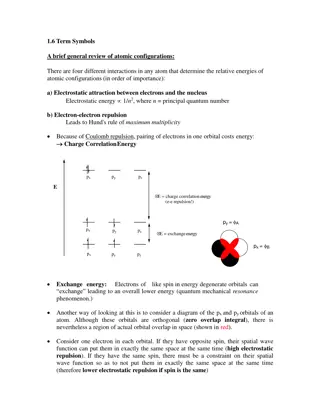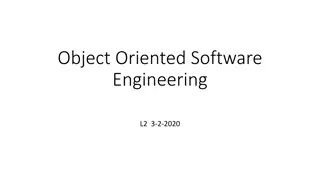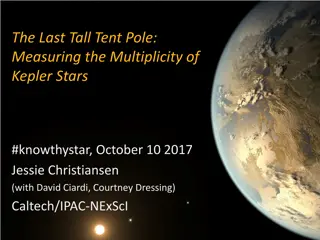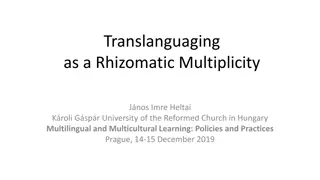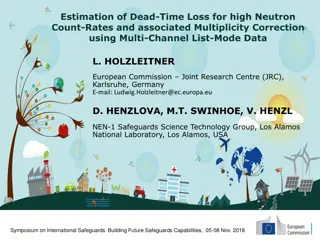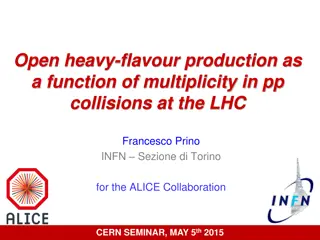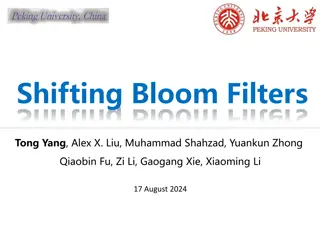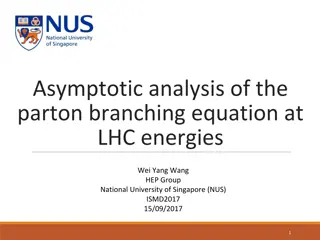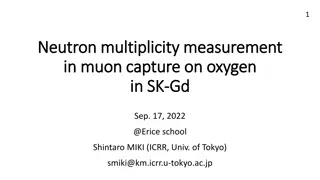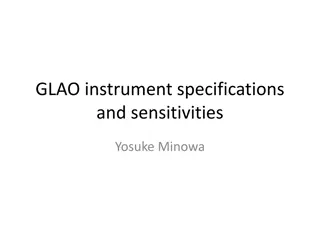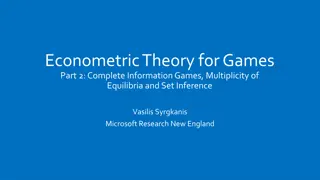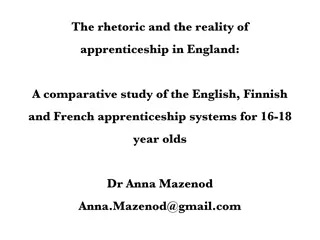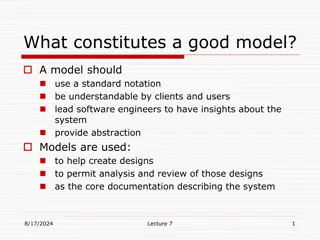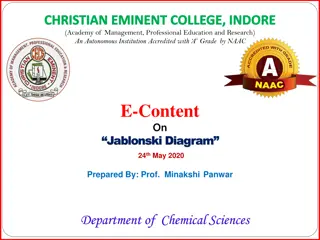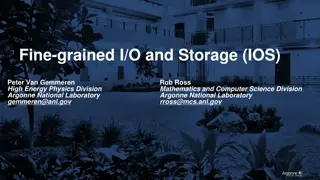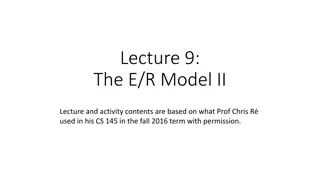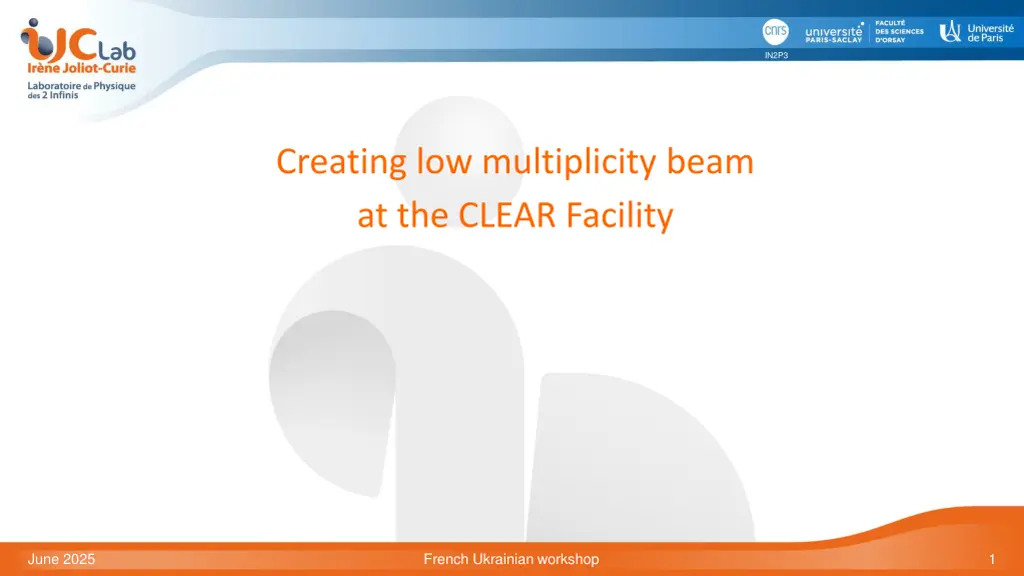
Creating Low Multiplicity Beam at CLEAR Facility June 2025
Explore the journey of creating a low multiplicity beam at the CLEAR facility in June 2025 during the French-Ukrainian workshop. The goal is to produce single electrons with controlled trajectory and energy to study energy-sensitive effects like De Broglie's internal clock or Zitterbewegung. The method involves using collimators and dipole fields to control beam energy for resonance scanning. Initial experiments in November 2024 showed promising results with low electron multiplicity, despite challenges in beam alignment. Results indicate successful dark current utilization but with wide distribution. G4BL simulations support beam-collimator interactions. Future steps involve replacing collimators, goniometer addition for crystal channeling, and energy scans in autumn 2025.
Download Presentation

Please find below an Image/Link to download the presentation.
The content on the website is provided AS IS for your information and personal use only. It may not be sold, licensed, or shared on other websites without obtaining consent from the author. If you encounter any issues during the download, it is possible that the publisher has removed the file from their server.
You are allowed to download the files provided on this website for personal or commercial use, subject to the condition that they are used lawfully. All files are the property of their respective owners.
The content on the website is provided AS IS for your information and personal use only. It may not be sold, licensed, or shared on other websites without obtaining consent from the author.
E N D
Presentation Transcript
IN2P3 Creating low multiplicity beam at the CLEAR Facility June 2025 French Ukrainian workshop 1
Goal: Produce single electrons with well controlled trajectory and energy. Motivation: Study of energy sensitive resonant effects such as De Broglie s internal clock or Zitterbewegung. Confirmation/verification of a result by Gouan re (2008). Method: Use 3 collimators around a dipole to cut in position, divergence and energy of the beam. Once setup, the beam energy can be finely controlled by slowly varying the dipole field. => possibility to scan fine regions in Energy to see if there is a resonance. Facility: CLEAR (electrons from 80 MeV to more than 150 MeV). June 2025 French Ukrainian workshop 2
First First experience experience Experiment at CLEAR in November 2024. Use of fixed gap collimator to limit the number of insertion devices. Last collimator in air. Use of a timepix and a NaI calorimeter for energy measurement. Difficult to align the beam in all collimators at the same time. June 2025 French Ukrainian workshop 3
Results Results Dark current is enough to reach low multiplicity. Low multiplicity per 100ms: most bucket with 0 or 1 electrons on some runs. BUT: Wide distribution in x,y, ToT Data from timepix Timepix has no trigger but all data are timestamped. ToT= proportional to energy. June 2025 French Ukrainian workshop 4
G4BL simulation: The wide spatial distribution indicates that the beam hits a collimator. Well reproduced in simulations. June 2025 French Ukrainian workshop 5
Next Next step step Fixed gap collimators will be replaced by variable gap collimators => easier tuning. Next data taking in autumn 2025. Once technique will be established: add a goniometer to attempt crystal channeling and then perform energy scans. June 2025 French Ukrainian workshop 6

